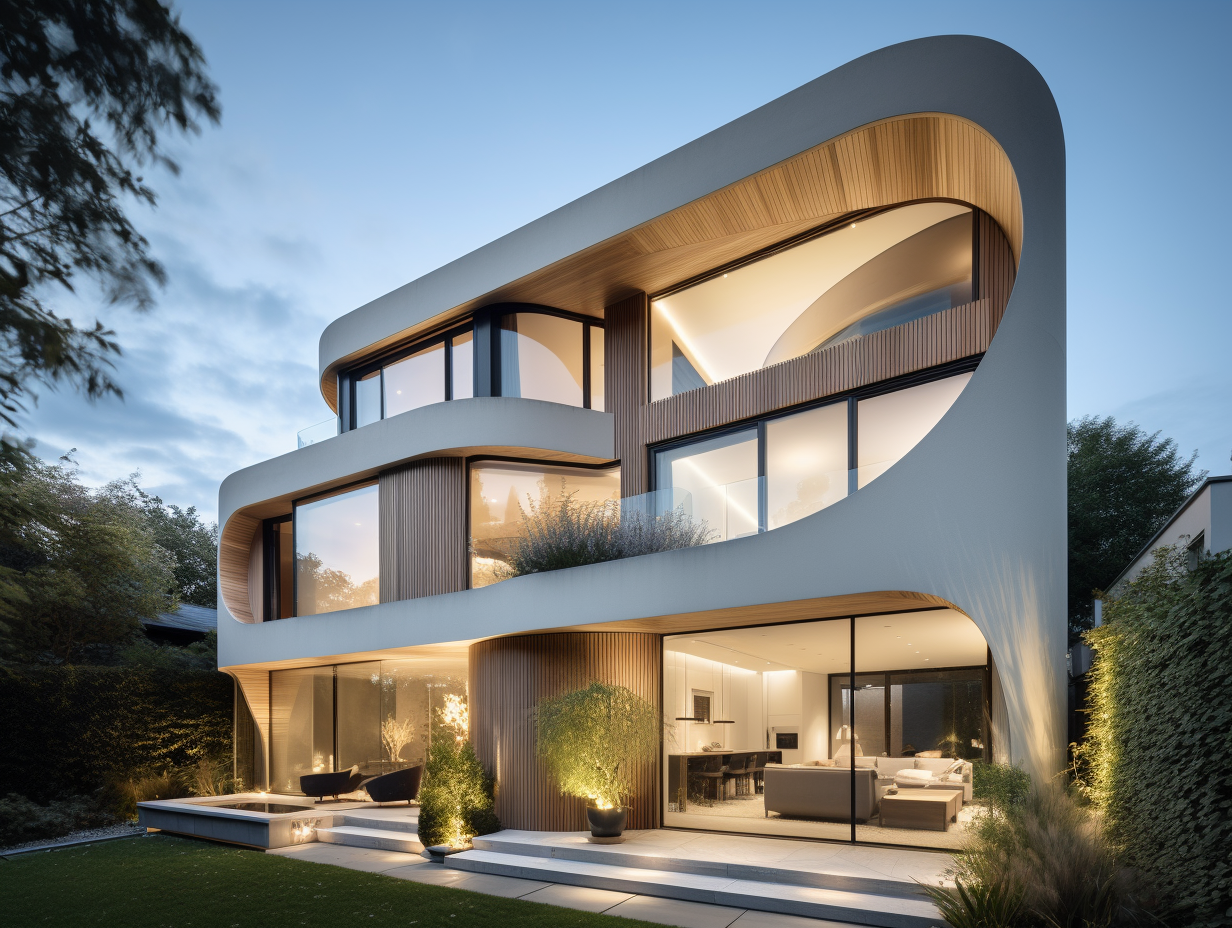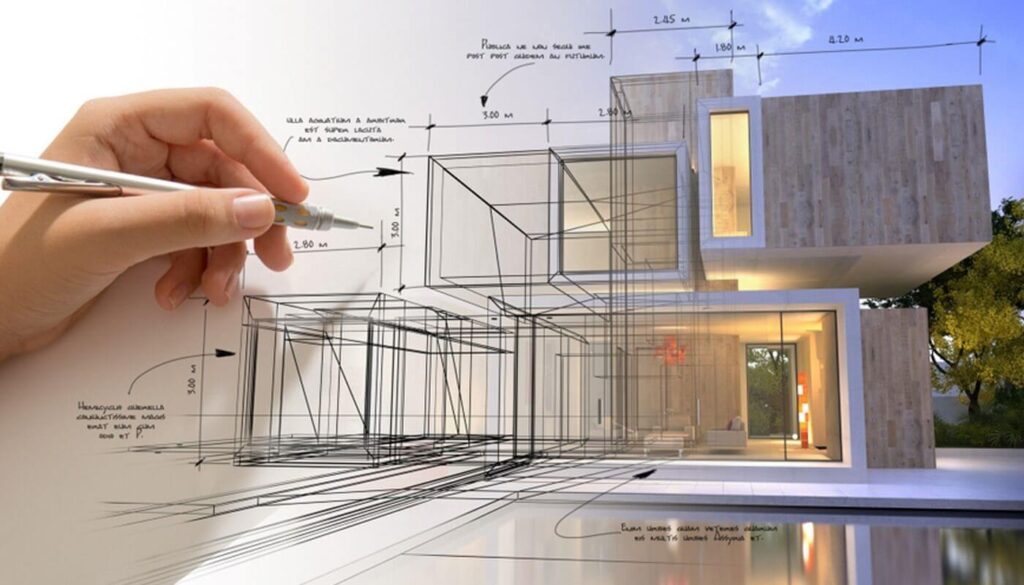Just How CDA Architects Supply Cutting-Edge Solutions for Lasting Style
Just How CDA Architects Supply Cutting-Edge Solutions for Lasting Style
Blog Article
A Comprehensive Introduction of Architectural Styles and Their Impact on Modern City Planning and Development
Building designs have actually long functioned as a mirror to the societal values and technical advancements of their time, playing an essential role in forming contemporary city preparation and growth. From the majesty of Neoclassicism to the utilitarian strategy of Brutalism, each style has introduced one-of-a-kind principles that affect metropolitan looks and functionality. As modern difficulties emerge, including sustainability and neighborhood needs, understanding these historic structures comes to be important. The resulting discussion not only educates future style techniques however additionally increases significant questions concerning the balance in between heritage and innovation in our progressing city landscapes.

Historic Review of Building Styles
Throughout background, architectural styles have developed in action to social, technological, and environmental factors. Each period reflects the prevailing values, ideas, and advancements of its time, resulting in an abundant tapestry of layout that represents human creativity and adaptation. The old people, such as the Egyptians and Greeks, developed fundamental styles that emphasized balance and percentage, serving both practical and visual purposes.
As societies transitioned with the Center Ages, Gothic design emerged, defined by its verticality and intricate describing, mirroring the spiritual desires of the age. The Renaissance noted a revival of classical ideals, merging art and architecture in innovative ways that influenced subsequent styles across Europe.
The Industrial Change presented brand-new products and building strategies, prompting movements like Modernism, which tested traditional kinds and welcomed simpleness and functionality. The 20th century saw a diversification of designs, with Postmodernism responding versus the plain minimalism of its predecessor, incorporating historic referrals and diverse components.
Today, building styles continue to advance, driven by globalization and sustainability issues, reflecting a dynamic interplay between heritage and advancement (cda architects). This historical review highlights the importance of architecture as a mirror of social evolution and as a driver for city development
Trick Architectural Styles Explained
The diversity of building styles shows the myriad impacts that shape our constructed environment, each symbolizing distinctive qualities and social significances. Trick architectural styles consist of Timeless, Gothic, Baroque, Modernism, and Postmodernism, each standing for unique historical contexts and visual ideologies.
Classical design, rooted in old Greece and Rome, emphasizes balance, percentage, and the use of columns. On the other hand, Gothic style, thriving in the Center Ages, is characterized by pointed arcs, ribbed vaults, and flying buttresses, producing an aerial quality in cathedrals. Baroque design, arising in the 17th century, is noted by magnificence, intricate ornamentation, and a dynamic interplay of light and shadow.
Innovation, which gained momentum in the very early 20th century, prioritizes function over type, making use of brand-new materials like steel and glass to create minimalist frameworks. Postmodernism, responding versus the austerity of Innovation, embraces eclecticism and historical reference, usually including lively components and irony.
Comprehending these designs supplies understanding right into the social narratives and technological improvements of their corresponding periods, highlighting just how style offers not equally as a sanctuary, but as a reflection of societal values and goals.
Effect On Urban Planning
Fit the growth of cities, architectural designs significantly influence urban planning decisions. The option of building style often determines the aesthetics, capability, and total character of urban settings. cda architects. Modernism, with its emphasis on minimalism and capability, encourages open rooms and the combination of technology, forming city designs that prioritize performance and access. Conversely, typical designs may stress historic conservation, bring about city layouts that maintain social heritage and promote pedestrian-friendly settings.
Furthermore, architectural designs can impact zoning policies and land make use of policies. Urban coordinators must take into consideration the prevailing building fads when developing areas, guaranteeing that brand-new developments balance with existing structures. This factor to consider fosters natural urban landscapes and improves community identification.
The implementation of particular building designs can also affect socioeconomic factors within a city. Premium contemporary designs may draw in wealthy residents and services, leading to gentrification, while extra budget friendly housing services may prioritize functional and lasting layouts to accommodate diverse populaces. Eventually, the interaction in between building designs and metropolitan planning produces dynamic cities that show both historical context and modern demands, forming the lived experiences of their inhabitants.
Sustainability and Modern Architecture

Contemporary building motions, such as biophilic design and environment-friendly style, supporter for structures that integrate with their surroundings, utilizing all-natural materials and promoting biodiversity. These designs often include renewable resource sources, such as photovoltaic panels and wind turbines, to reduce reliance on nonrenewable fuel sources and reduced carbon impacts.
In addition, the combination of advanced modern technologies, such as clever building systems, boosts check my source energy monitoring, maximizing source use while making sure passenger convenience. Cutting-edge water monitoring techniques, including rain harvesting and greywater recycling, further contribute to lasting city environments.
Especially, sustainability extends beyond ecological concerns; it encompasses social and economic dimensions. By cultivating community well-being and promoting inclusivity, contemporary building designs align with sustainable development objectives. Consequently, the evolution of architectural methods remains to form durable cities that not just fulfill the requirements of the existing however also safeguard the future for generations ahead.
Neighborhood Interaction in Style
Community involvement in layout acts as a vital bridge in between engineers and the populaces they offer, making certain that the developed atmosphere shows the needs and goals of its individuals. This collaborative process invites community participants to contribute their insights and preferences, fostering a feeling of ownership and obligation towards the rooms they live in.
Efficient neighborhood involvement employs numerous techniques, such as workshops, surveys, and public discussion forums, to gather varied perspectives. These methods promote a two-way discussion, allowing engineers to comprehend local contexts while encouraging locals to articulate their worries and wishes. This inclusivity not only boosts the design top quality however additionally promotes social equity by dealing with the unique obstacles dealt with by marginalized groups.
In addition, neighborhood involvement can cause innovative solutions that could not arise in a standard style procedure. By integrating neighborhood knowledge and social worths, architects can develop areas that reverberate more deeply with customers, improving use and sustainability. Eventually, focusing on community interaction in style processes leads to settings that nurture social communications, assistance well-being, and reinforce community connections, thus playing a crucial role in forming modern-day urban landscapes.
Final Thought
Architectural styles have exceptionally affected modern city planning and growth, reflecting developing social and technological contexts. The integration of historical aesthetics with contemporary needs promotes metropolitan settings that focus on sustainability and area engagement. As cities remain to grow and adapt, the continuous discussion in between building heritage and modern-day style concepts will certainly stay essential in creating inclusive, dynamic areas that improve high quality of life and advertise right here social equity. The future of metropolitan growth depend upon this unified equilibrium.
Report this page